May 17 2023
Niles Film Museum
This story about the Niles Film Museum was first broadcast during the Ohlone Tri-City News program on May 17, 2023.
Murtaza Naqvi, Reporter
Nicolas Bihler, Photographer
Script
Murtaza Naqvi, Ohlone Tri-City News: The Niles Essanay Silent Film museum is located in what is now the historic district of Niles in the city of Fremont. People from the film industry, from all parts of the world visit Niles Silent Film Museum to commemorate the greatest silent films that influence modern day entertainment. Today we spoke with David Keene, who enlightened us on the personal experience with silent films.
David Keene, Film Historian: I’m a historian for the Niles Essanay Silent Film Museum. I do a lot of different things at the museum. Film programing. Projectionist. Take care of a lot of the behind the scenes things at the museum.
Murtaza Naqvi, Ohlone Tri-City News: The Niles Film Museum today, however, isn’t identical to what it used to be due to several changes over the years. However, despite this, the Essanay Silent Film Museum has made huge efforts to contribute to bringing the past back to life.
David Keene, Film Historian: The beginning here in 2001, a bunch of us formed a nonprofit, The Niles Essanay Silent Film Museum and in 2004, we got access to this 1913 Nickelodeon movie theater, the Edison Theater, moved in. And in January of 2005, we started showing silent films with live music accompaniment. And every Saturday night. And we’ve been doing that pretty much ever since. As more films have been coming into the public domain, we’ve been showing films that we haven’t been able to show before because of the rental field fees that we’d have to charge. And we showed just last month, I believe, go west with Buster Keaton for the first time. And it was our first sellout crowd since before COVID. So he still brings people into the shows.
Murtaza Naqvi, Ohlone Tri-City News: The technology used by old directors such as Charlie Chaplin has left a huge imprint on the Silent Film Museum, which has allowed them to accumulate such a large amount of exotic equipment, along with around 10 to 12000 silent films over the years in various different ways.
David Keene, Film Historian: We have over 10,000 films in our collection here at the museum. Film prints not digital copies, but film prints that we show out of our original projection booth at the theater. Over the years, we’ve gathered lots and lots of films, and our first collection actually came from Ohlone college that was stored in a closet there for many years. And it was owned by a film collector named Robert Maskell. We also, as collectors in the Bay Area, older collectors started dying, their relatives gave those collections to us so we would get maybe two, three, four, 500 films at a time from various collections that became available. One of our mentors that really started out helping us at the beginning was David Sheppard, who is a world renowned film preservationist, and he had a collection of his own of about 3000 prints that he gave us, and he also arranged to get a rental collection of films that was owned by Murray Glass in Southern California of about 5000 films that came here to the museum. And then we just continued to collect collection after collection. In terms of the equipment that we have here at the museum, when we came into the auditorium in 2004, there was no equipment at all in the original projection booth, just the tin lined room itself. So we had to acquire the equipment to actually project films again. At the same time, we’ve also been collecting vintage film equipment over the years, a lot of it donated to us by Les Thomas, a former newsreel cameramen in the fifties and sixties. Dick Bartell, who was a projectionist starting in the 1930s, gave us a lot of stuff. People whose relatives owned the equipment, gave us a lot of equipment, and and we’ve tried to fix as much of it as we could up so that it would actually run again. We also got a lot of vintage silent film cameras in our collection. A lot of them donated to us, some of them rare and a few things that are unique, one of a kind.
Nicolas Bihler, Ohlone Tri-City News: Finally, Mr. Keen offered some final thoughts on silent films to future Museum-goers.
David Keene, Film Historian: I think people who haven’t seen silent films before may be surprised by by them. If they come to the theater and look at them on the screen. In the past, people have gotten the impression about what silent films look like and what their content is and and not a very good impression. Sometimes you see them speeded up and the quality looks pretty bad, you know, fuzzy, contrasty, maybe even out of focus. But silent film makers were really meticulous about making good quality films. And we have some really great prints of films, some taken from the original camera negative in our collection. And when you see a good quality print with live music on the screen, with a crowd, I think you can really get carried away and be impressed by a silent film.
Murtaza Naqvi, Ohlone Tri-City News: If you would like to learn more about the Niles Film Museum, visit NilesFilmMuseum.org. From the Niles Essanay Silent Film Museum, this is Murtaza Naqvi with Ohlone Tri-City News.

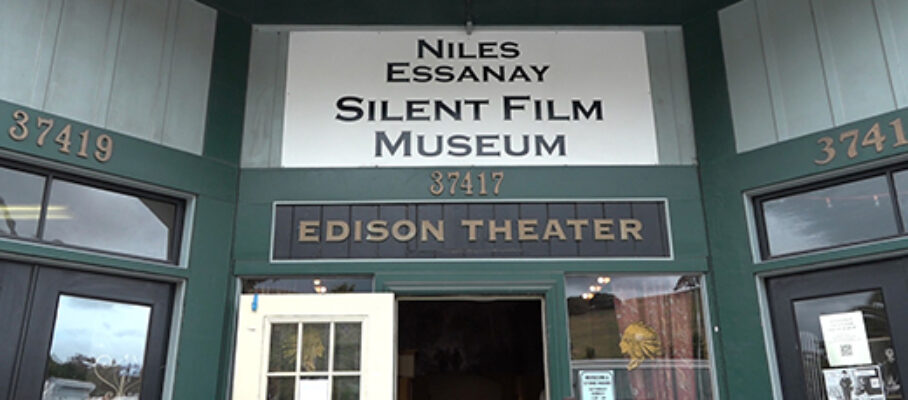
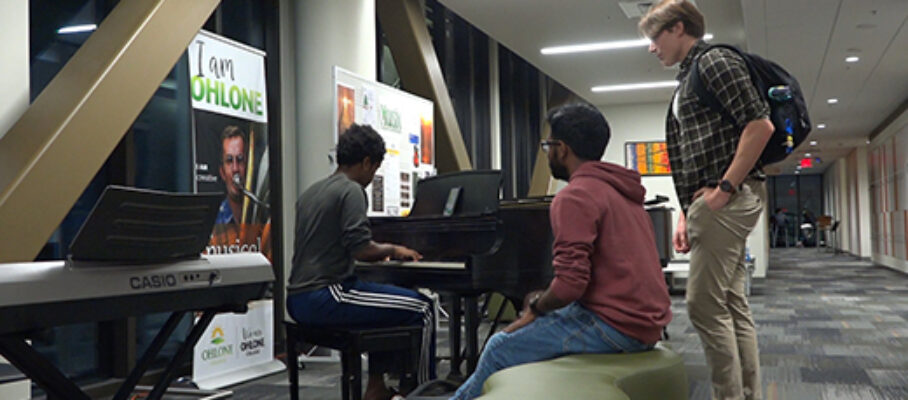
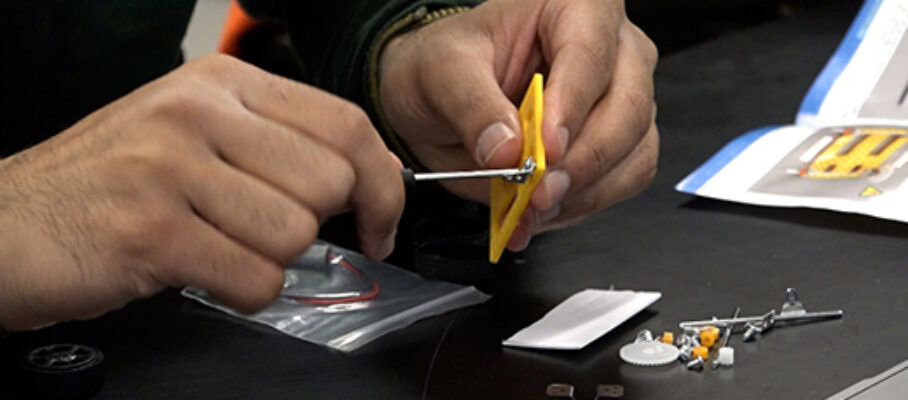
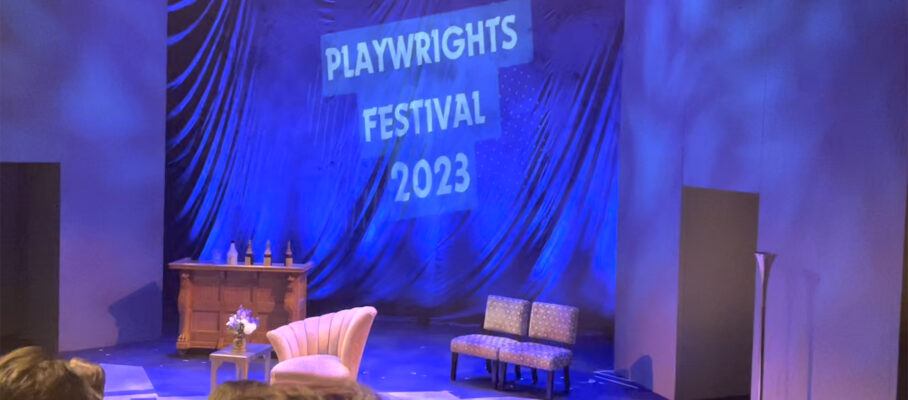

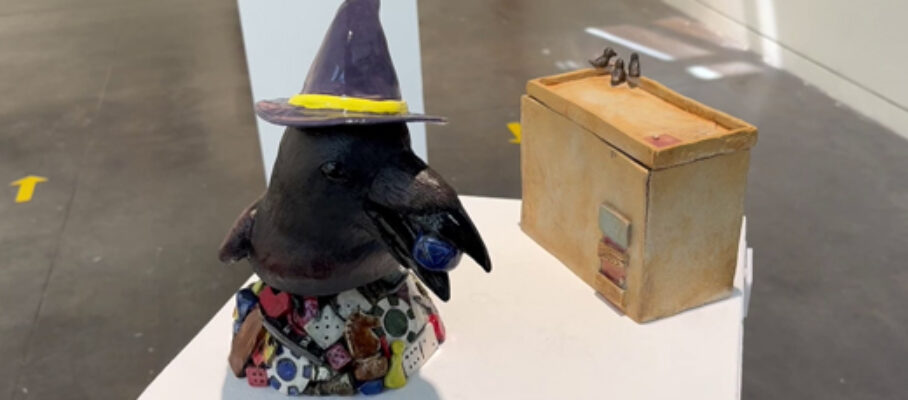
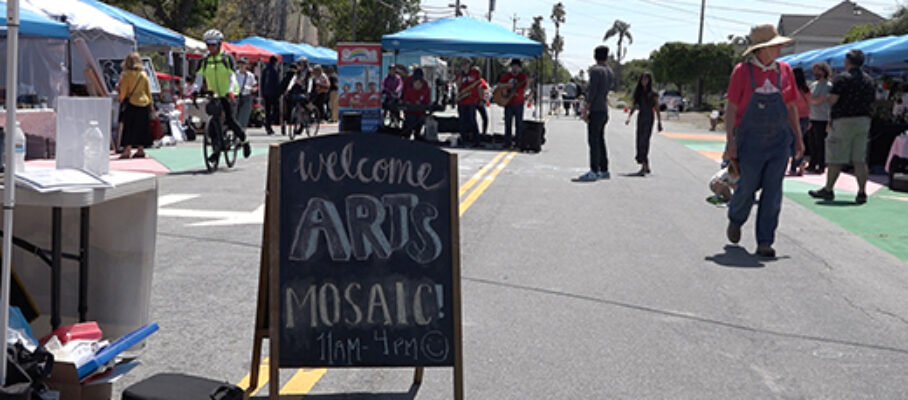
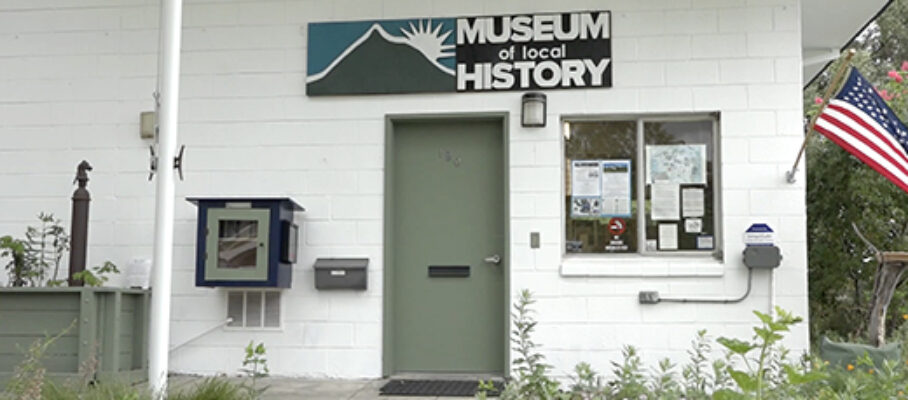
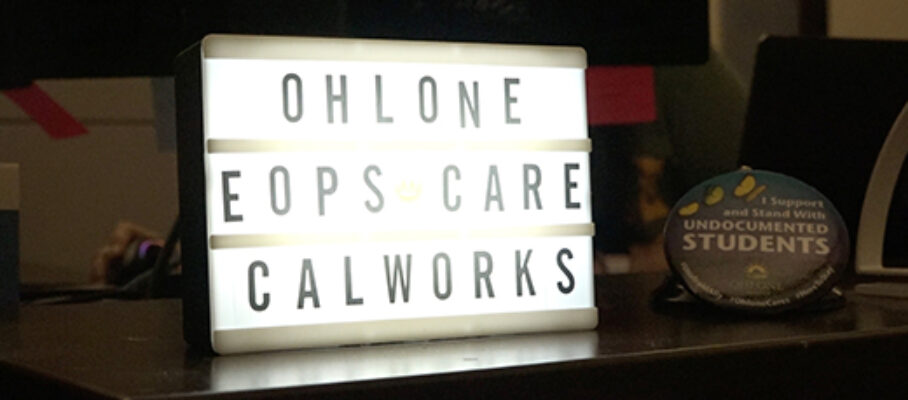
May 17 2023
Ohlone College Engineering Program
This story about the Ohlone College Engineering Program was first broadcast during the Ohlone Tri-City News program on May 17, 2023.
Murtaza Naqvi, Reporter
Script
Murtaza Naqvi, Ohlone Tri-City News: The Engineering Department of Ohlone College provides resources and different benefits to students in order for them to succeed within their individual career paths.
Rose-Margaret Itua, Engineering Professor: Students there take the engineering classes here at Ohlone, will be exposed to current technologies in industry. We have really great faculty teaching our classes, faculty that care, and also students exposed to field trips and internship opportunities. But really at Ohlone Engineering, we focus on hands on transferable skills so that our students are competitive in today’s job market.
Reza Barghi, Engineering Professor: We have a lot of students who do various projects. One specific is our Engineering 101 course. When students take the class, there is a lab three that is… the classes taught by Professor Rose-Margaret, and she has this lab called Lab three, where the students design their own project and they can use all the equipment that we have in the lab to manufacture and create their prototype.
Murtaza Naqvi, Ohlone Tri-City News: Students within the engineering department express their own personal learning experiences and benefits they have gained through participating in engineering courses.
Sandra Than, Engineering Student: I think that the engineering department… Well, it’s obviously the department I’ve been around the most, so I might be biased in saying that. I think it’s pretty exciting, pretty friendly. You see a lot of different people that know a lot of different things, and you learn a lot from just talking to the peers and everyone is really friendly.
Edward, Engineering Student: Honestly, learning like all the new programs that engineering’s are using now, like MATLAB, AutoCAD and like multi-SIM is just like really interesting on how to like design new stuff and.
Jose Navarro, Engineering Student: Then through meeting people like, you know, professors Tuem. I just came out of her classroom right now and then meeting people like Reza. He’s in charge of taking care of all the engineering departments. I was able to see kind of what electrical engineering was about, and that is something that really attracted me.
Reza Barghi, Engineering Professor: We have… we can literally make almost anything in this lab. We have, again, we have some more equipment to come in. We have robots, the authentic arms and assembly lines. I would like more people to come into a lab, have an idea what to do. Just the other day, for example, we had a student who needs to add new pickups on their guitar. We took it apart, put in the new pickups, show them how to read an electrical diagram. I learned a little bit myself because you know where I release in certain hobby fields such as like guitar and stuff. They don’t really follow legit diagrams. They have different names for certain things and hook ups. And, you know, it was interesting to read what the… what that side of the at least the electrical field is, even though it’s not really electrical, you know…
Murtaza Naqvi, Ohlone Tri-City News: The utilities and workspace provided by the engineering department staff allow students to work on hands on labs, giving them more potential to learn. For example, students here were assigned a challenge to build a car in a specific amount of time, which allowed them to gain extra credit if they came in first. Additionally, after completing this in class assignment, they were allowed to go outside and race to see which car performed the best. Professor Rose Margaret ensures that students will be able to succeed within Ohlone College’s engineering program.
Professor Rose-Margaret Itua: I want the students to know that they can do anything that they set their mind to do, they can become engineers. I know that often times the students are told sometimes that engineering is difficult. Well, I’m here to say it just takes commitment and they can become great, amazing engineers. They should come with a mindset that they can do anything they set their mind to do, to learn, to create and to innovate and be ready to become the best… one of the best engineers in the country. And the Silicon Valley.
Murtaza Naqvi, Ohlone Tri-City News: If you have any extra questions regarding the engineering department held at Ohlone College, please visit Ohlone.edu/engineering.
By Webmaster • Stories